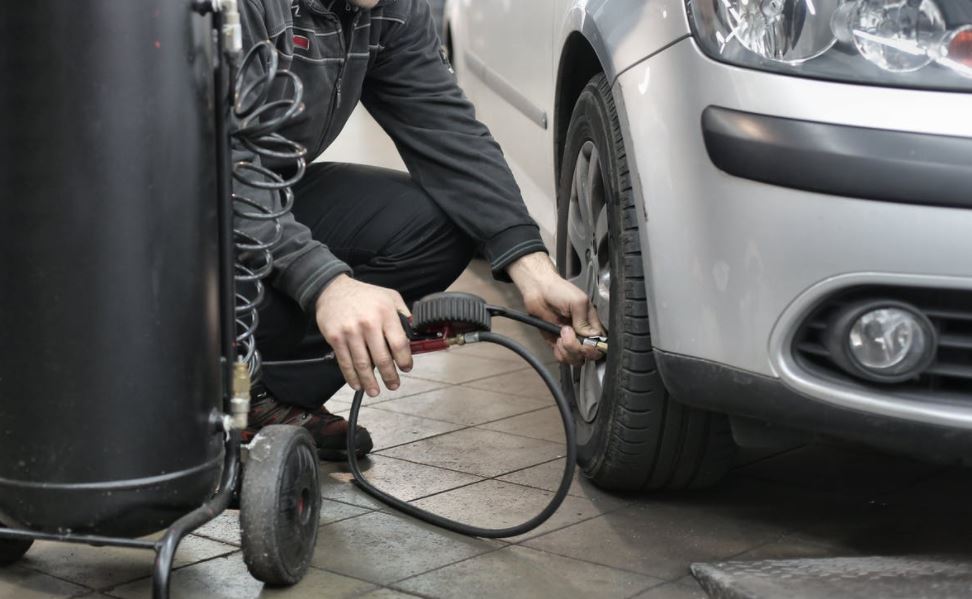Tire failure is not only a dangerous problem to experience, it is also an expensive one. Did you know that there is one really easy way to reduce the risk of trouble and prevent tire failure?

Tire Maintenance Can Protect Your Car from Tire Failure
One of the best things you can do to protect your tires is to make sure they are properly inflated. Under inflation causes a number of problems in tires including increased stress, friction, and overheating. When tires do not have the proper amount of air, sidewall flexing can occur and eventually lead to a rupture. Overheating can cause the rubber to degrade, which makes tires weaker and more prone to failure.
Properly Inflated Tires Help Prevent Tire Failure
According to the NHTSA, “On average, there are nearly 11,000 tire-related motor vehicle crashes each year and more than 600 people will die in those crashes.” The good news to follow this frightening statistic is that properly maintained tires can prevent many of these incidents. Tire failure is far less likely to occur when tires are not neglected, and this starts with properly inflated tires.
Correct tire pressure varies from vehicle to vehicle. The right pressure for your specific vehicle is listed in your owner’s manual. There is a tire pressure number stamped on the tire, but be aware that this number is the tire’s maximum pressure, not the recommended pressure.
The Correct Way to Check Tire Pressure
To check your tire pressure, you will need a working tire gauge. Either a manual or a digital model is fine. Measure the pressure when the tires are cold, or after the vehicle has not run for at least three hours. Remove the valve cap and press the tire gauge on the valve stem. There is a hissing sound when you first press down – this stops once you press the gauge all the way down. After a few seconds you should have an accurate reading. If air is needed, you can fill tires with either a portable compressor, or you can use the air pump at your local gas station. The process of filling tires is similar to checking the pressure. Instead of pressing the gauge to the valve stem you will press the fitting on the air hose to the stem. Check the pressure as you inflate until you reach the right pressure number. If your tires are over inflated, you can remove air from the tires using your gauge. Replace the valve caps on each tire when you are finished.
Stay safer on the road by greatly reducing your chance of tire failure – take care of your tires!
